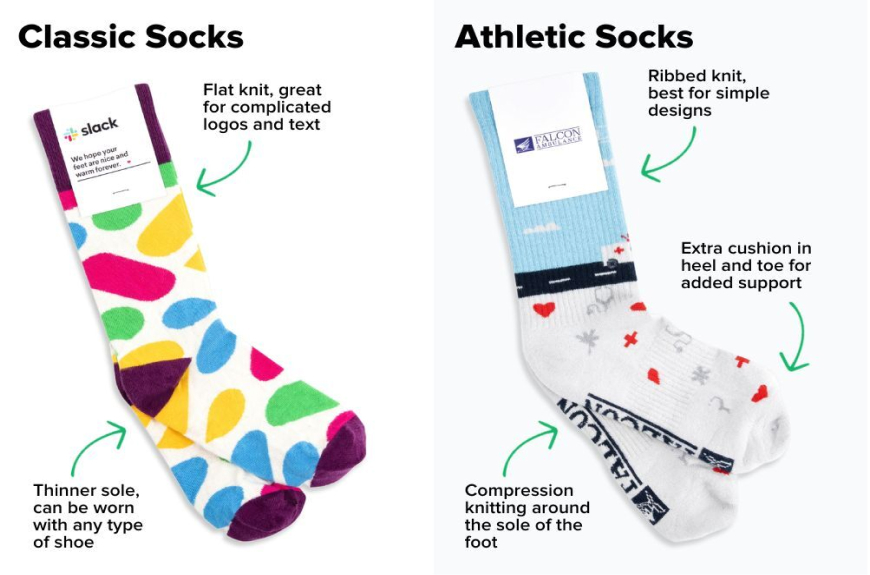When shopping for compression socks, you've likely encountered numbers like 20-30 mmHg. But what do these figures mean, and why are they important? In this blog post, we'll delve into the significance of these numbers and how they relate to compression socks and their benefits.
Understanding mmHg
The term "mmHg" stands for millimeters of mercury, which is a unit used to measure pressure. In the context of compression socks, it indicates the amount of pressure applied to your legs. The higher the number, the greater the compression.
The 20-30 mmHg Range
A compression level of 20-30 mmHg is considered moderate to firm. This range is popular because it offers significant benefits without being too intense for most people. It's often recommended for various conditions, including varicose veins, edema, and pregnancy-related swelling.
Benefits of 20-30 mmHg Compression
Wearing 20-30 mmHg compression socks can provide numerous benefits. They help improve blood circulation, reduce swelling, and alleviate leg fatigue. Many athletes and people who stand for long periods find this compression level particularly helpful for recovery and comfort.
Who Should Wear 20-30 mmHg Compression Socks?
This compression level is suitable for a wide range of people. It's often recommended for pregnant women to help manage swelling and reduce the risk of deep vein thrombosis. Travelers on long flights, nurses, and retail workers who spend hours on their feet can also benefit from this level of compression.
Choosing the Right Compression Socks
When selecting compression socks, it's essential to consider both the compression level and the style. Many brands offer customizable options to suit your personal preferences while providing the necessary support. It's also crucial to ensure a proper fit for maximum effectiveness.
Medical Considerations
While 20-30 mmHg compression socks are generally safe for most people, it's always wise to consult with a healthcare professional before using them, especially if you have any underlying health conditions. They can provide guidance on the appropriate compression level for your specific needs.
Proper Use and Care
To get the most out of your 20-30 mmHg compression socks, it's important to wear them correctly and care for them properly. Put them on first thing in the morning when swelling is at its minimum, and follow the manufacturer's washing instructions to maintain their compression properties.
Wrapping Up
Understanding what 20-30 mmHg means in compression socks is crucial for choosing the right product for your needs. This moderate to firm compression level offers a balance of effectiveness and comfort, making it a popular choice for many users. Whether you're managing a medical condition, recovering from exercise, or simply seeking better leg health, 20-30 mmHg compression socks can be a valuable addition to your wardrobe. Remember to consult with a healthcare professional if you have any concerns, and enjoy the benefits of improved circulation and reduced leg fatigue.


